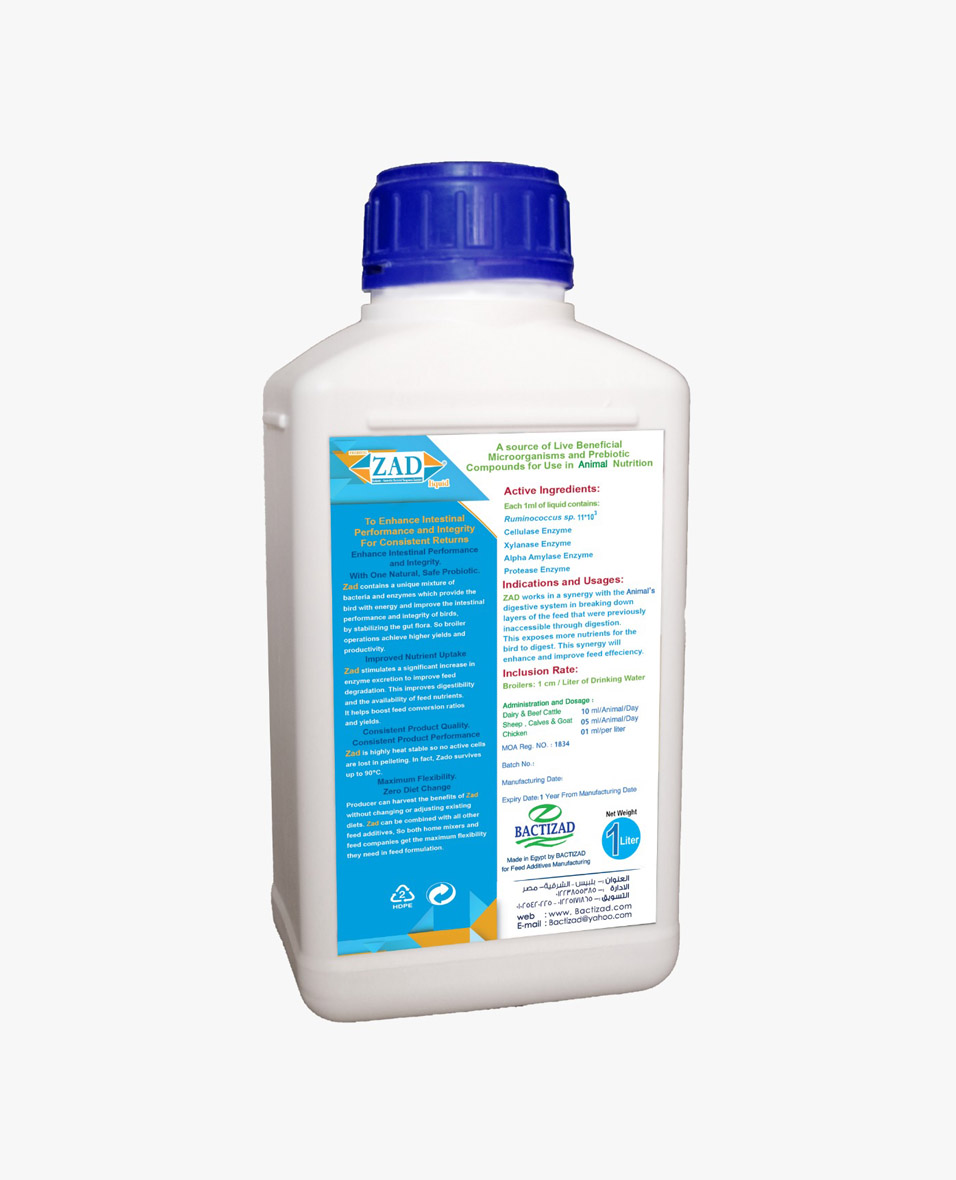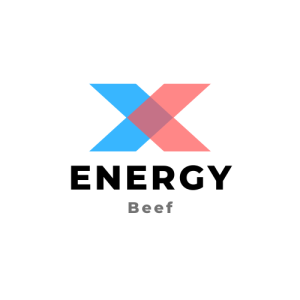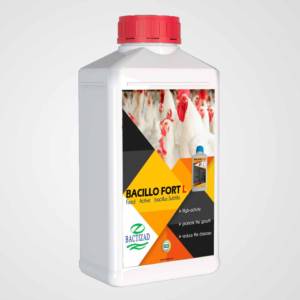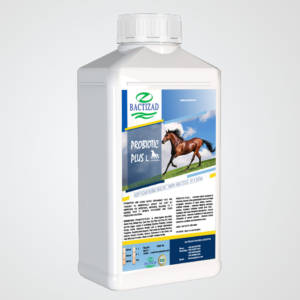Description
Composition
Ruminococcus Flavefaciens 11 x 103 CFU
Dosage
2.5 ml / head for sheep
10 ml / head for cows and buffalo
The dosage is 40 ml / head for sheep
100 ml / head for cows and buffalo
For 3 consecutive days
Usage
Water additives
Or used as an animal dosage
Or add 1 liter per ton of mash feed
Heat-resistant
Heat-resistant and extrusion-resistant 50 %
Product Revenue – Milk
1 liter daily milk for cows
0.5 liter daily milk for buffaloes
Product Revenue – Meat
200 g daily for cows and buffalo
90 g daily for sheep
Product Feature
1 – Improve digestion
2 – Improve production performance
3 – Raise immunity
4 – anti-toxin
Dosage
2.5 ml / head for sheep
10 ml / head for cows and buffalo
The dosage is 40 ml / head for sheep
100 ml / head for cows and buffalo
For 3 consecutive days
Efficiency of use ZAD:
- Its effect on fattening animals: buffalo calves, cows and camels were fed with different weights after adding the excess to the concentrated feed at a rate of 10:20 ml / animal. The result was as follows: When the average calf weight was from 200-400 kg the average daily increase was 200 g Daily / head.
- In the case of high feed prices, the increase can be used as compensation for energy and protein, which leads to a decrease in the prices of concentrated feed by (4% TDN and 1% CP).
- its effect on sheep and goats: the average increase was 90 g / head / day when the addition rate was 2.5 ml / animal.
- ZAD and its effect on milk animals: for cows: the ZAD increases the average daily production in milk production by 1.5 liters / head / day (length of milk season).
- For buffalo: the ZAD in the average daily production in milk production was 1 liter / head / day (length of milk season).
- Its effect on the fertility of females and males: the ZAD increases the sperm count for males as well as reduces the percentage of deformed sperm as well as the use of the ZAD increases the fertility of females.
- When dosing calves that lost their ability to eat by about 100-150 ml of ZAD for a period of 3 days, this led to a return to their nature and increased ability of calves to grow. When dosing buffalo and milk cows 40 ml per day led to increased milk production 1.8 / head / day.
- The effect of using ZAD on diets fibers: the cellulase enzyme and hemicellulase enzyme present in the ZAD break down cellulose and hemicellulose to raw materials that are easy to digest and absorb in the animal’s digestive system without affecting the lignin of the diet, where the breakage of the lignin results in phenol and it is known that phenol toxin is harmful.
ZAD obtained a patent No. 24551 from the Academy of Scientific Research and Technology, October 4, 2009





